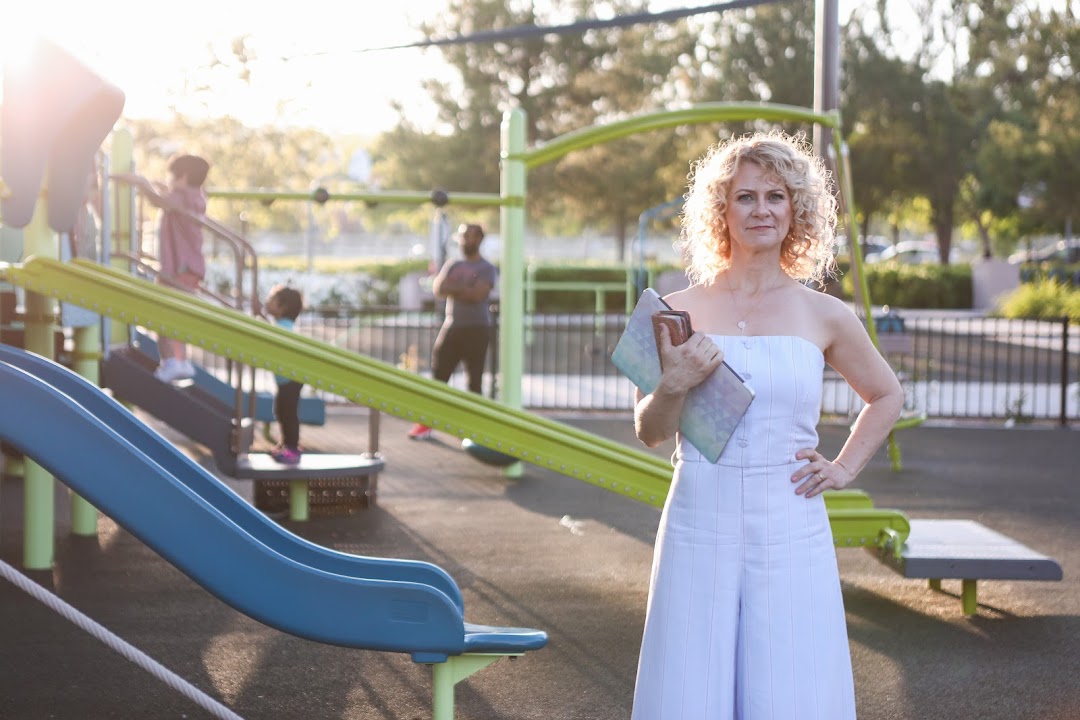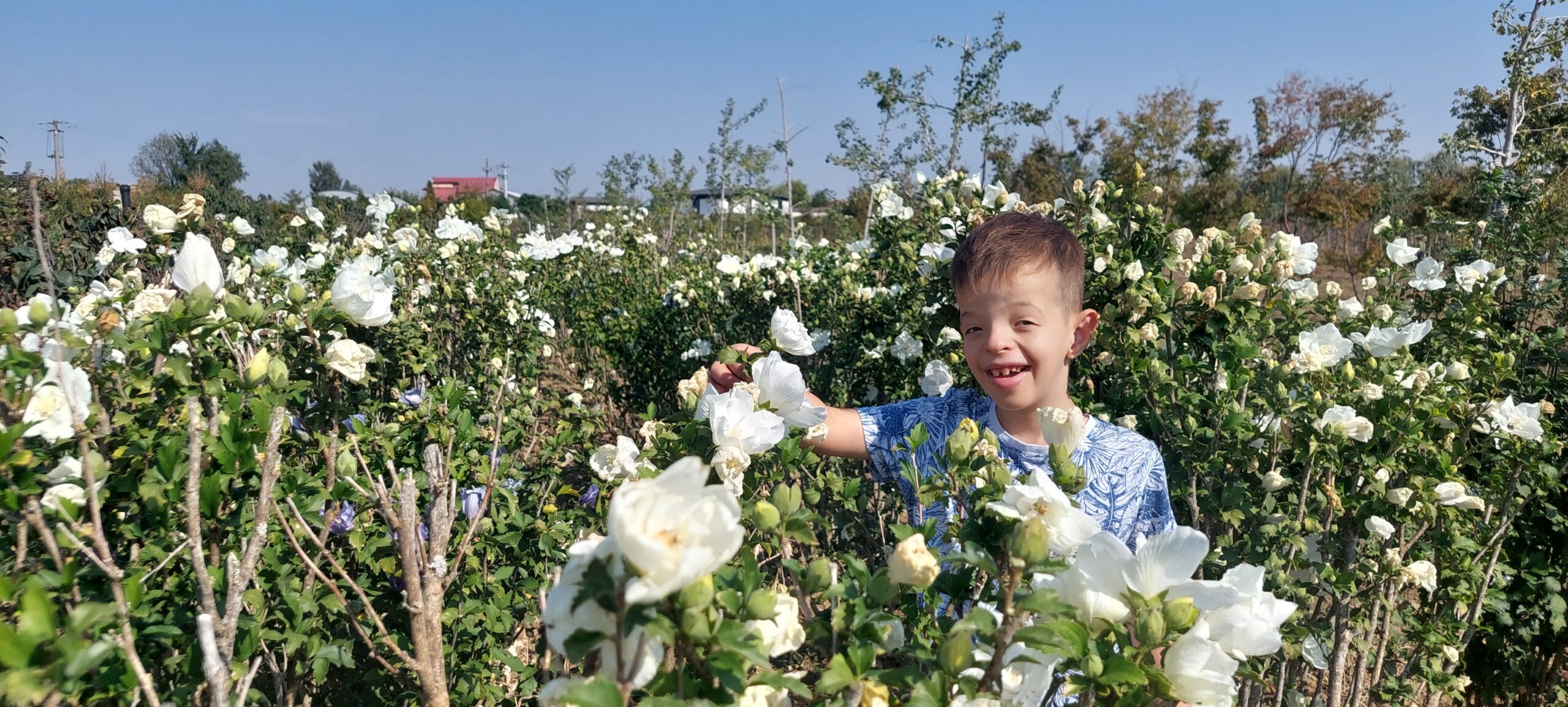Saving your eyesight
If it doesn’t hurt, there’s nothing to worry about…right? Wrong. Michiko Shah saved her vision when she decided to get some painless eye symptoms checked out.
“One morning last summer I was walking to the train station and suddenly noticed two small black dots, or floaters, in my right eye,” she recalls. “I’d never had this before, but I didn’t think much about it because it was a busy time in my life, and I knew that floaters were common for people who are short-sighted.”
However, a few days passed and the floaters started to look like “cobwebs or big mosquitos” in Michiko’s vision, which was challenging when staring at her computer all day at work. “The following Sunday, it was a sunny day and I noticed some flashing lights in the same eye,” she says. “It was the weekend and I didn’t want to go to A&E because I was helping my daughter who was getting ready to move into a new flat at university. But as I was going out of town soon, I thought it would be a good idea to ask Bhavin, my husband’s cousin who’s an optometrist.”
Michiko rang him later that evening to discuss her symptoms. “I knew she had high short sightedness, which carries an increased risk of retinal tears and detachment. Within a few minutes of asking her about her symptoms, I told her to go straight to A&E,” Bhavin Shah tells This Is MedTech. “She had an operation for a retinal tear the next day which prevented a detachment.”
Vitreous gel, the substance inside your eye that helps it maintain a round shape, is attached to the retina, the light-sensitive tissue lining the back of the eye. As part of the normal aging process, the vitreous may change shape and pull away from the retina. Sometimes the vitreous pulls a piece of the retina with it, causing a retinal tear. “Fluid can get behind the tear, which can lead to a detachment of the retina from the back of the eye,” explains Bhavin.
He notes that the three main symptoms to be aware of are: recent onset of new floaters in the vision (floaters look like dots, a fly, cobweb or dust floating in the vision); flashing lights; and seeing a large shadow or curtain in the vision. “A risk factor to be aware of is myopia, known as short sight. People with medium to high myopia have a significantly higher risk of retinal tears,” he points out.
If not treated quickly, this can lead to permanent loss of sight in the eye once the retina has detached. Fortunately, Michiko went to A&E, where they confirmed that she had a retinal tear and told her to come back the next day for laser surgery. “The best way to confirm a retinal tear or detachment is a device that takes ultra-wide field retinal images. Most retinal cameras only capture 15-20% of the retina, but an ultra-wide field device images up to 80% of the retina,” says Bhavin.
Michiko was awake for the laser procedure, which involved the eye doctor making small burns around the retinal tear. This resulted in scarring to seal the retina to the underlying tissue to prevent a detachment. “It was a strange experience. I wasn’t allowed to move my head and I was so scared, I couldn’t breathe,” she says. “But I didn’t need to be scared. It wasn’t painful at all.” The surgery went well and Michiko left the hospital the same day. That afternoon, she set off to help her daughter move into her new home.
In cases of retinal tears and retinal detachment, time is critical. With retinal detachment, it’s possible to have surgery to seal the retinal tears and reattach your retina. There is an 85-90% success rate with the first operation, but sometimes a second surgery is required. If the detachment is caught soon enough and surgery is successful, it will usually bring back some, but not all of your sight.






